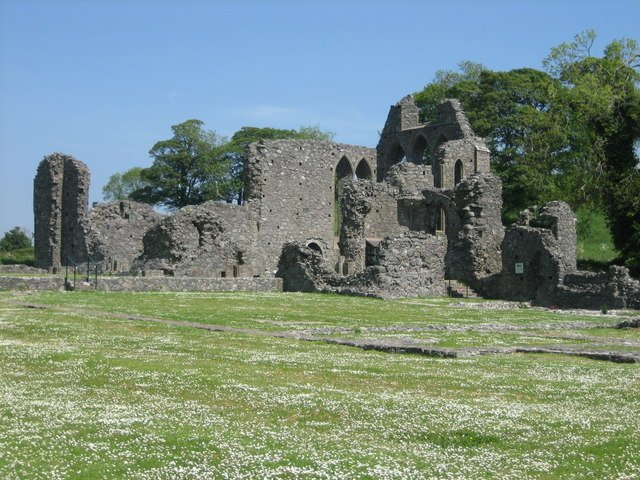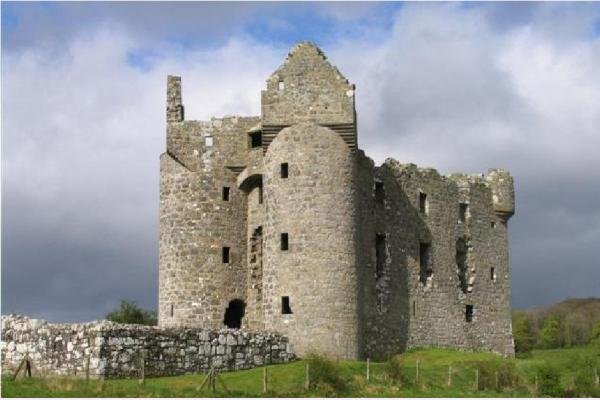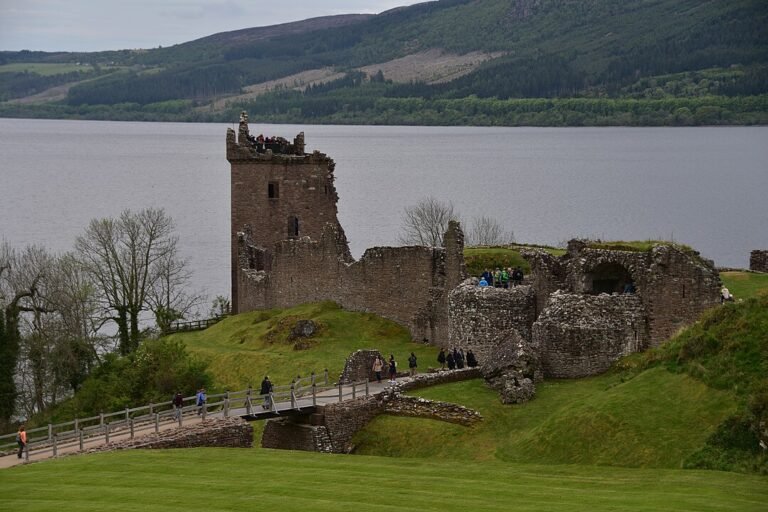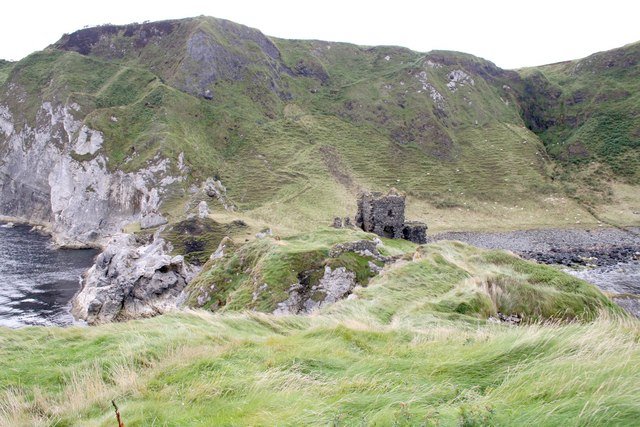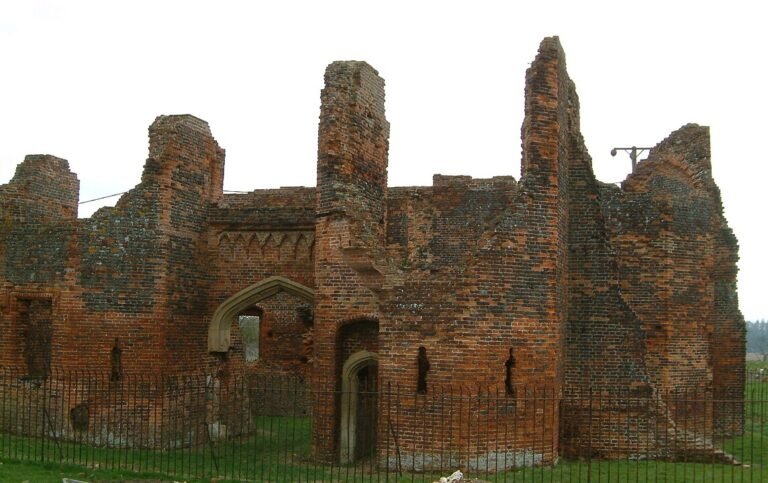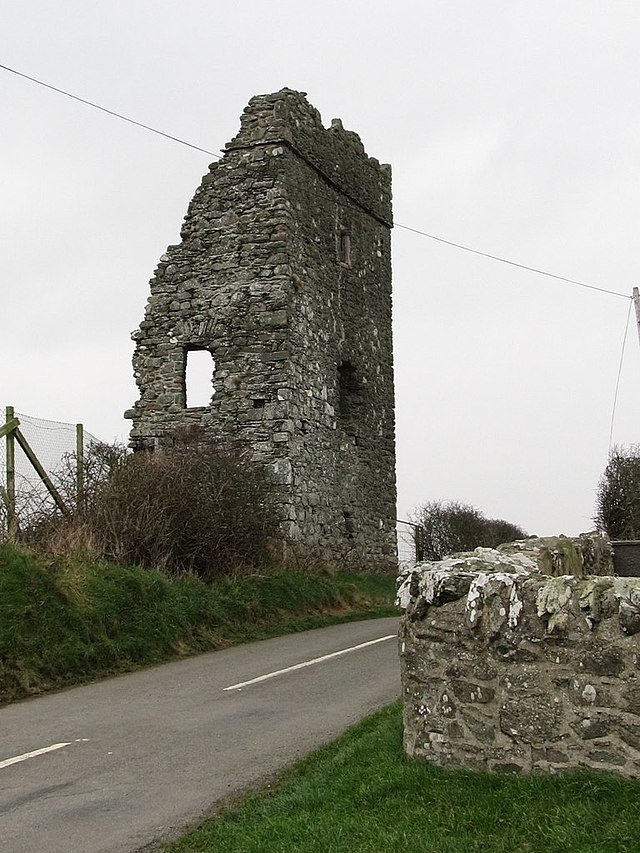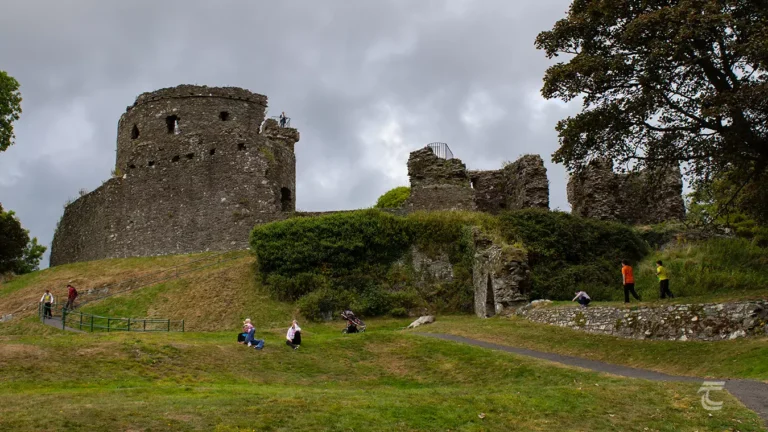Inch Abbey: Northern Ireland’s Medieval Monastery
Introduction to Inch Abbey
Set on the banks of the River Quoile near Downpatrick, Inch Abbey is one of Northern Ireland’s most atmospheric medieval ruins. Founded in the late 12th century, this former Cistercian monastery is a place where history, legend, and landscape come together. Visitors today find not only a fascinating archaeological site but also panoramic views across the Quoile marshes and a peaceful retreat steeped in stories of saints, warriors, and monks.
History of Inch Abbey
Inch Abbey was founded around 1180 by John de Courcy, the Anglo-Norman knight who conquered Ulster. The abbey was established as an act of penance after de Courcy destroyed the earlier monastic settlement at Erinagh, which had been associated with St Patrick. By granting the Cistercian order lands on the “island” (the Irish inis, giving Inch its name), he created one of the most significant religious sites in medieval Ulster.
The abbey was home to monks who lived under the strict Cistercian rule, dedicating their days to prayer, farming, and manuscript work. Although the community flourished for several centuries, like many monastic institutions, it declined after the dissolution of monasteries under Henry VIII in the 16th century. By the 17th century, Inch Abbey was a ruin, its stones scattered but its legacy enduring.
Inch Abbey: Key Facts and Figures
- Founded: c.1180 by John de Courcy
- Order: Cistercian monks
- Location: 1.5 miles northwest of Downpatrick, County Down, Northern Ireland
- Notable Association: Linked to St Patrick and the medieval chronicles of Ulster
- Current Status: Free-to-visit historic monument managed by the Northern Ireland Environment Agency
Inch Abbey: Architecture and Layout
The remains of Inch Abbey reveal the classic Cistercian design. Visitors can trace the outline of the church with its long nave, transepts, and choir. The chapter house, cloisters, and refectory are also discernible. Gothic pointed arches, carved stonework, and window tracery hint at the grandeur of the original buildings. Despite centuries of weathering, the ruins retain a haunting beauty, especially when mist rises over the surrounding marshes.
Inch Abbey and St Patrick
Inch Abbey holds a special place in Irish tradition because it is thought to be where monks first recorded the story of St Patrick banishing snakes from Ireland. The abbey’s location near Downpatrick, where Patrick is believed to be buried, adds to its spiritual resonance. Pilgrims and modern visitors alike often link trips to Inch Abbey with St Patrick’s Trail, a route connecting key sites in the saint’s life.
Inch Abbey in Modern Culture
Beyond its medieval past, Inch Abbey has found new fame through popular culture. Fans of the television series Game of Thrones will recognise the abbey ruins as one of the filming locations for the Riverlands in Season 1, where Robb Stark’s army set up camp. This has drawn a new wave of international visitors keen to blend fantasy with history.
Visiting Inch Abbey: Practical Information
- Access: The site is open year-round and is free to enter.
- Parking: A small car park is available close to the ruins.
- Transport: Easily reached from Downpatrick by car, bike, or even a riverside walk.
- Facilities: The site has limited facilities; toilets and cafés are best found in Downpatrick.
- Family-Friendly: Open grounds make it a great spot for children to explore, though care is advised around uneven stonework.
Best Time to Visit
Spring and summer offer lush greenery and longer daylight for photography. Autumn adds a dramatic backdrop with golden leaves, while winter’s bare landscapes bring a stark beauty. Early morning or sunset provides the most atmospheric views, with fewer crowds.
Suggested Itineraries
1. One-Day St Patrick’s Trail Explorer
- Morning: Start at Down Cathedral to visit St Patrick’s reputed grave.
- Midday: Explore the Saint Patrick Centre for interactive exhibits.
- Afternoon: Walk or drive to Inch Abbey (10 minutes). Spend an hour exploring the ruins and riverside paths.
- Evening: Dine in Downpatrick before returning.
2. Two-Day Historic and Scenic Loop
- Day 1: Visit Downpatrick’s historic sites, including Down County Museum and Inch Abbey. Overnight in a local B&B.
- Day 2: Drive to Strangford Lough (30 minutes) for a boat trip and explore Castle Ward, another Game of Thrones filming location. Return via scenic coastal roads.
Where to Eat and Stay Nearby
- Food: Downpatrick offers pubs, cafés, and restaurants with local produce. Try traditional Irish dishes or casual dining options in town.
- Accommodation: Options range from budget-friendly B&Bs in Downpatrick to boutique hotels and countryside inns. For families, self-catering cottages nearby provide flexibility.
Events and Special Experiences
Inch Abbey is a highlight of St Patrick’s Day celebrations in Downpatrick every March, often included in walking tours and heritage events. The site also hosts occasional re-enactments and guided tours in summer, bringing the ruins to life with stories of monks and medieval lords.
Broader UK Travel Connections
Visiting Inch Abbey fits into the wider theme of exploring monastic and medieval sites across the UK. Northern Ireland boasts Grey Abbey on the Ards Peninsula, another Cistercian ruin. In England, Fountains Abbey in Yorkshire offers a vast monastic complex, while Wales features Tintern Abbey’s striking riverside setting. These destinations highlight the spread of the Cistercians and the enduring fascination with monastic ruins as places of contemplation and history.
FAQs about Inch Abbey
What and where is Inch Abbey?
It’s a ruined Cistercian monastery located right by the River Quoile, just outside Downpatrick in County Down, Northern Ireland.
When was it founded and by whom?
Anglo‑Norman knight John de Courcy established the abbey around 1180 as penance for destroying Erenagh Abbey in 1177. He brought in monks from Furness Abbey in northern England.
Was there something there before?
Yes – a pre‑Norman monastery named Inis Cumhscraigh stood on the site as early as the year 800. It was raided by Vikings in 1002 and had been abandoned by the mid-12th century.
What architectural remains are visible today?
You’ll find a Gothic-style church built around 1200 with striking lancet windows, parts of the cloister, living quarters, and the evocative east window phase of the abbey. The east end is especially well preserved, whereas much of the nave is only foundations.
Is there an admission fee, and what are the opening times?
Entrance is free, and the abbey is accessible year-round from dawn to dusk.
How can I get there, and is there parking?
By car: Take the A7 from Belfast to Downpatrick, turn onto Inch Abbey Road, and follow signs down the narrow lane to the small free car park.
By train: The heritage Inch Abbey railway station, built in 2005, serves the site via the Downpatrick & County Down Railway.
Is it wheelchair accessible?
Access is fairly straightforward along the path from the car park, but away from that path, the terrain becomes uneven, and wheelchair users may find parts of the site challenging.
Why is Inch Abbey notable beyond history?
It played a key role in Game of Thrones, serving as Riverrun, where Robb Stark was proclaimed “King in the North”. It remains atmospheric and largely untouched by commercialisation.
Who wrote the Saint Patrick stories here?
A monk from Furness Abbey, Jocelyn of Barrow-in-Furness, is believed to have penned accounts of Saint Patrick at Inch Abbey.
When was the abbey dissolved?
It was dissolved in 1541, and the site was later granted to the Earl of Kildare.
Final Thoughts
Inch Abbey is more than just a ruin; it’s a window into Ireland’s medieval story, a peaceful riverside escape, and a site that connects past and present. Whether you’re drawn by history, spirituality, or film locations, a visit to Inch Abbey enriches any trip to County Down and offers a gateway into exploring the wider heritage of the UK’s monastic past.
